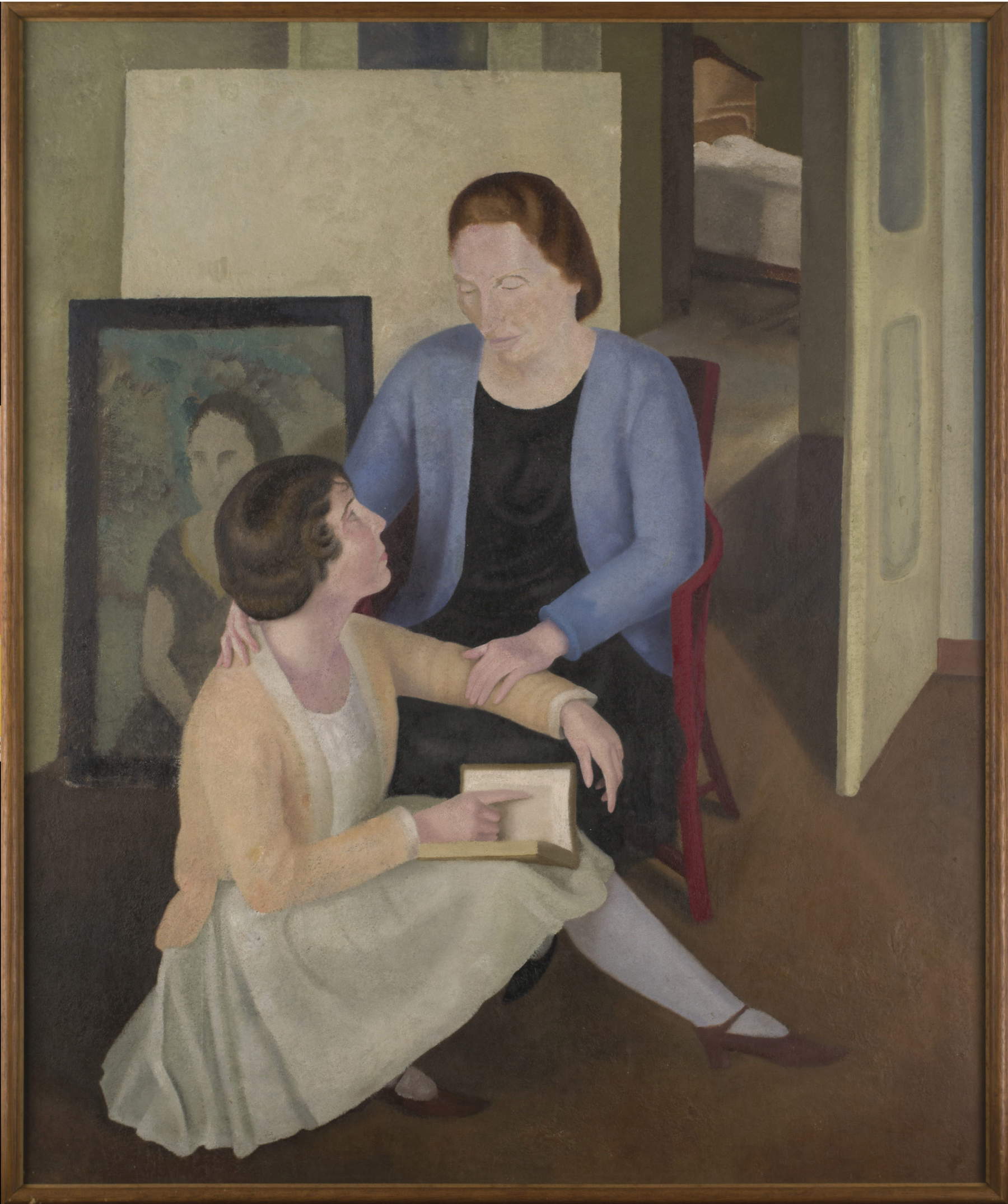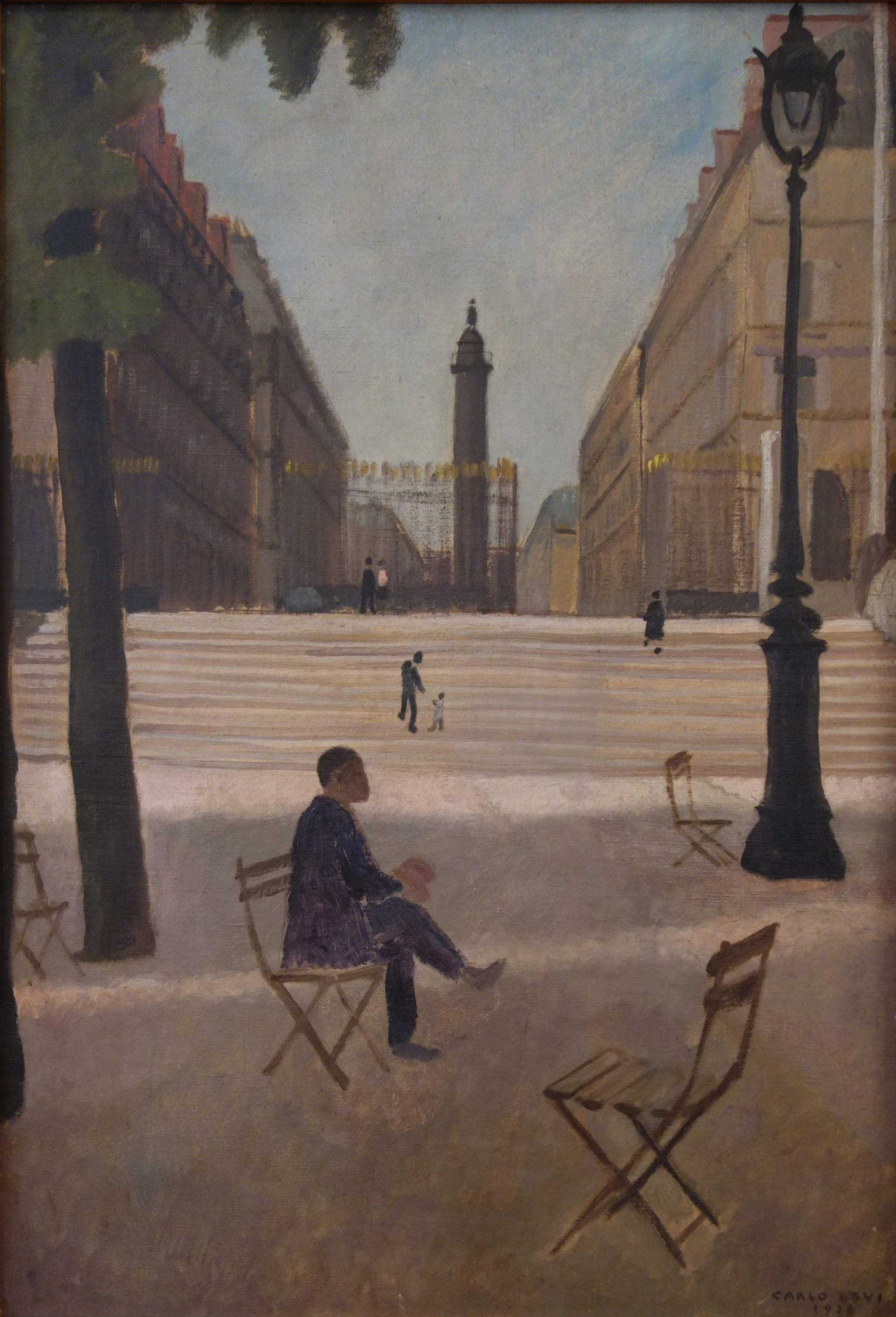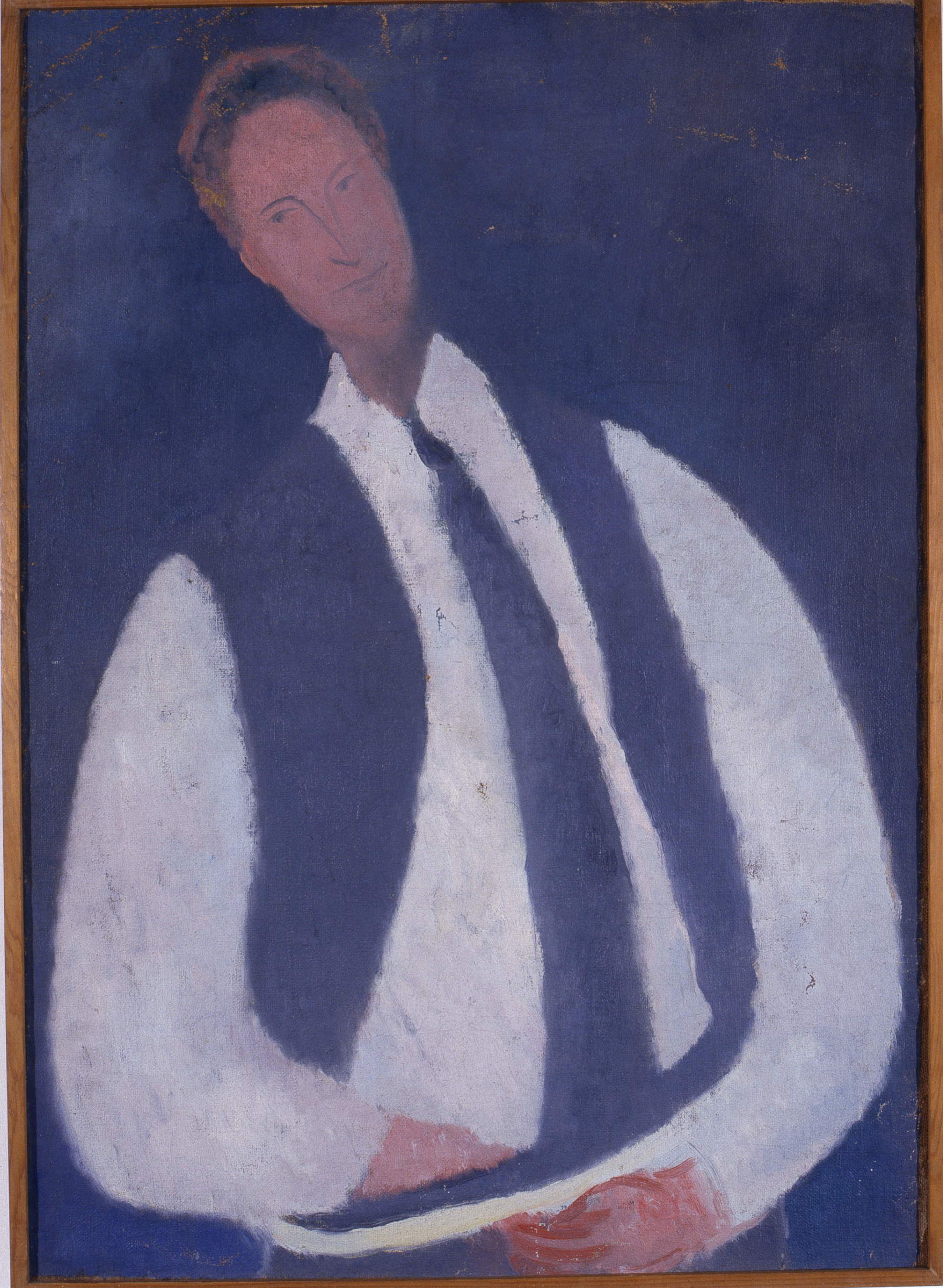Opening from December 17, 2021 to March 20, 2022, the new exhibition of the Fondazione Centro Studi Ragghianti in Lucca, organized on its 40th anniversary, which falls precisely in the fall of 2021: the exhibition, entitled Levi and Ragghianti. A Friendship Between Painting, Politics and Literature, will explore the friendship between Carlo Ludovico Ragghianti (Lucca, 1910 - Florence, 1987) and the painter, writer and politician Carlo Levi (Turin, 1902 - Rome, 1975). This is a topic that has so far been little considered by historiography and academic studies, yet the relationship between Ragghianti and Levi was fundamental for both of them. The two had the opportunity to intensify their friendship in Florence during the Nazi occupation through their common political militancy in the Resistance, especially after Levi, in 1941, found clandestine refuge in Anna Maria Ichino’s house in Piazza Pitti, where he wrote his best-known novel, Christ Stopped at Eboli, to which a section of the exhibition is dedicated.
Ragghianti’s interest in Levi the painter can be traced back to 1936, when the critic included the artist in his article devoted to contemporary Italian painting. Then, in 1939, he reviewed his exhibition in New York in the magazine La critica d’arte, but the strongest moment of their acquaintance occurred during the days of the formation of the Tuscan Committee for National Liberation, and when Levi, immediately after the liberation of Florence, became a member of the commission for the reconstruction of the city’s historic center. This intensification of their relationship was also reflected in the sharing of artistic discourse, so much so that Levi’s solo exhibition at the Galleria dello Zodiaco in Rome in 1946 was presented by Ragghianti himself, and it was Ragghianti again who proposed the first historicization of the figure of Carlo Levi in 1948, through the publication of a “catalog” of Levi’s work, in which the paintings he made from 1923 to 1947 were dated and repertorized.




Produced in collaboration with the Carlo Levi Foundation in Rome, and curated by Paolo Bolpagni, Daniela Fonti and Antonella Lavorgna, the exhibition reconstructs (along with the related catalog), in addition to the events and circumstances of the friendship between Ragghianti and Levi, the identity nodes of this relationship, the theoretical issues of a historical-artistic nature, and other points of interest common to the two for an action to be carried out within the framework of a politics of the arts. And they offer a testimony, through works of art, letters, documents, photographs and films, of the significance of the friendship between Ragghianti and Levi, also in light of their cultural formation.
One of the innovations to be presented in the exhibition will be Ragghianti and Levi’s shared interest in cinema: Levi worked as a screenwriter and set designer for a number of films, designed the poster for Pier Paolo Pasolini’s Accattone, and from the 1950s onward, in Rome, became a portraitist coveted by many film personalities, from Silvana Mangano to Anna Magnani, from Franco Citti to Pasolini himself: all these portraits are featured in the exhibition, along with those of Ragghianti and their mutual friends, such as Eugenio Montale and Carlo Emilio Gadda. In the archives of the Ragghianti Foundation, as well as in those of the Carlo Levi Foundation in Rome, documents are preserved that deal especially with the historical-artistic and critical sphere, which was at the center of this friendship. In Lucca there is a substantial nucleus of letters starting in 1943 and continuing until 1971, as well as typescript texts by Ragghianti on Levi; in the Roman archive are preserved autographs of Ragghianti’s monograph, accompanied by annotations for the drafting of the volume intended by Levi for his editor, as well as unpublished photographs. Many of these materials are displayed in the first and last rooms.
In addition to the documents, the exhibition presents numerous drawings and about eighty paintings by Carlo Levi, reconstructing not only the structure of the 1948 monograph and the 1967 and 1977 exhibitions curated by Ragghianti, but also the circle of intellectuals and friends to which the two belonged (such as Eugenio Montale, Giovanni Colacicchi, Paola Olivetti, Aldo Garosci and others), with the addition of portraits of figures of whom they both held in esteem, such as Italo Calvino and Frank Lloyd Wright.
 |
| Lucca, an exhibition on the friendship between Carlo Ludovico Ragghianti and Carlo Levi |
Warning: the translation into English of the original Italian article was created using automatic tools. We undertake to review all articles, but we do not guarantee the total absence of inaccuracies in the translation due to the program. You can find the original by clicking on the ITA button. If you find any mistake,please contact us.